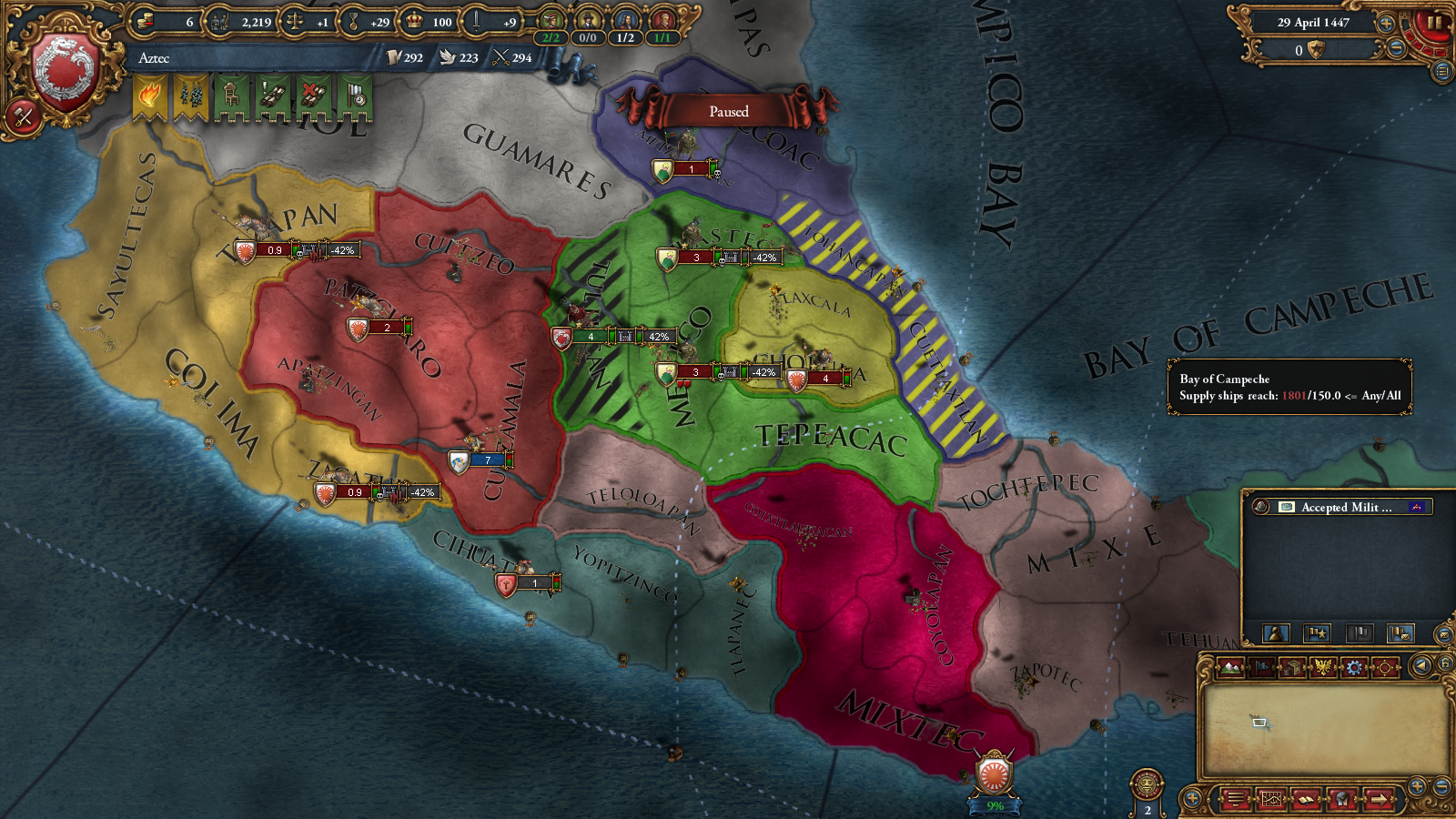
This in turn, can create interesting situations with some unusual settlers (like east-Asian or African). Because the generation of land and layout of trade nodes is semi-random, this can create situations where otherwise profitable old world trade nodes gain far less trade value than usual and vice versa. Each adjacent old world trade node will only connect to one RNW trade node, who themselves will be interconnected with one another. RNW nations are dynamically generated with random flags and accompanying ideas in a similar fashion to Custom Nations created with the Nation Designer, to the point where a player-made custom nation could fit right in among them.īased on where the land masses were placed in the RNW, the dynamically generated Trade nodes can have their trade routes feed into either Asia, Africa or Europe. All the options can be turned on/off and the prevalence of fantasy scenarios can be adjusted if the player prefers a certain type of new world. The more intricate and unusual scenarios are based around "what if" fantasy worlds that will populate the new world with things such as technologically advanced Native Americans, a 'wall' of land at the edge of the world, successor states to Atlantis, a Chinese colony and more. These scenarios provide a variation on the old while at same time providing some uniqueness in the form of themed province names and custom native nations with random ideas. The more basic scenarios simply populate the new world with a random number of nations of varying sizes, based on cultures and religions in the same fashion to the Native American nations found in the regular new world. There are 26 different scenarios and each scenario is applied per region and take into account land size, climate and other modifiers.

The generator then proceeds to apply different scenarios to the generated landmasses. Provinces are named dynamically using a pool of names - with the ability to attach a theme to a name - while regions, colonial regions and Trade nodes take their names from important provinces. There are 128 different tiles and the selection of those tiles are weighted to ensure interesting and balanced maps, such as ensuring there is a map tile or two marked as a "continent" to ensure at least one large contiguous landmass to colonize. The random new world is constructed from a number of pre-set tiles joined together to produce a more or less realistic set of landmasses.


 0 kommentar(er)
0 kommentar(er)
